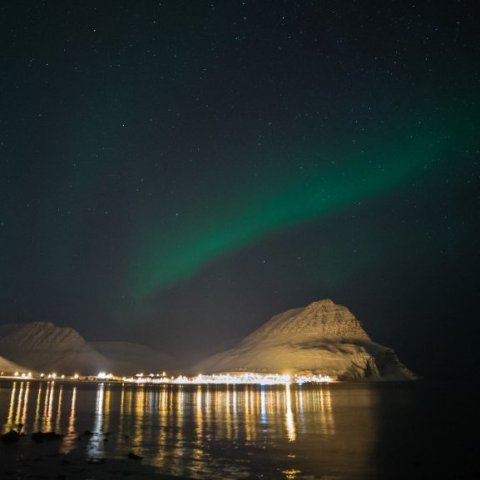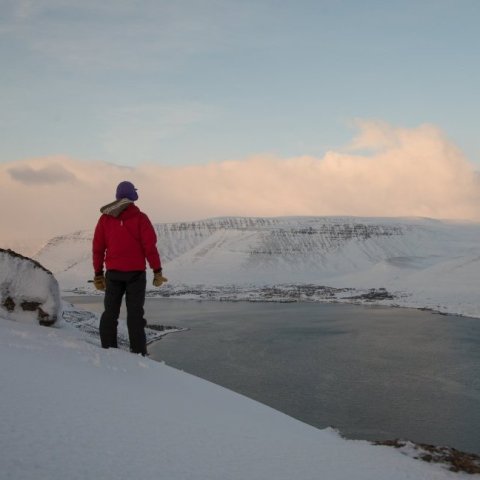Christmas is approaching!
In Iceland the Christmas celebration has long been a great food festival where people indulge in good food, and meat consumption has been particularly prominent in the country at this time of year. In the last few decades, the culinary tradition has expanded beyond the festival days. Now, the feasting commences as early as Advent, with people heading to Christmas buffets to enjoy a wide array of delicious treats. Among the Icelandic Yuletide meal favorites, one can often find smoked lamb (hangikjöt), smoked ham loin, Icelandic leaf bread (A paper-thin, circular, decorated, fried bread), pickled herring, Ptarmigan (Icelandic: rjúpa), Turkey, Rice pudding, cakes and numerous other dishes.
Fermented Skate (Kæst skata) – People either hate it or love it.
It is customary to serve fermented skate on the 23rd of December. This day is called Þorláksmessa (Mass of Saint Þorlákur). Known for its rather pungent smell, this dish originates from The Westfjords and from here the custom of eating this meal spread to the rest of the country. So what is fermented skate exactly? Skates, belonging to the category of cartilaginous fish, release uric acid through their skin instead of through urination like many other animals. The fermentation process they undergo results in the production of ammonia, contributing to flesh preservation and provides the fish with its recognizable, strong odour. Opinions differ regarding the Skate. For some, the thought of not having Skate on December 23rd is unimaginable, while others try their best to escape the smell.
To prepare a skate it is allowed to rot and ferment in a container for about three weeks, although the exact duration depends on the prevailing temperature. When ready to be cooked it is boiled and traditionally served with melted lamb suet, potatoes, turnips and sweet rye bread. People come together for a Skate-feast at home or at restaurants (for those who would like to avoid the unpleasant smell inside their homes). It’s fun to be a part of a Skate-feast as it’s not only about the food but also the social aspect of the whole experience. People enjoy discussing whether the skate is strong enough or not. People will also find it funny when someone is struggling to consume it or gets teary-eyed after the first bite.
If you are around on the 23rd of December, it is unlikely you’ll be able to escape the potent odour of skate. Not only does it stick to houses, clothes and hair. The smell lingers in the outdoor surroundings as well.


Christmas, Yule Lads and a Bookflood
While some of the Icelandic Christmas traditions may feel familiar, there are others that might appear a tad strange for visitors. For instance, children place shoes in their bedroom windows for 13 days, eagerly anticipating presents from the playful Yule-lads who arrive from to town from the mountains one by one until the 24th of December. Each of the Yule-lads has a name and their own peculiar traits.
The Christmas festivities kick off at 18:00 on December 24th, with Christmas Eve being the main event where it’s customary to open gifts after dinner. Books are one of the most favoured Christmas presents in the country. There is a phenomenon known as The Christmas book flood (Icelandic: Jólabókaflóðið). It refers to the yearly surge of new book releases in Iceland during the months leading up to Christmas. These books are subsequently bought as gifts to be exchanged on Christmas Eve. The tradition extends into the night, as Icelanders often spend the evening reading their new books.
Visiting in December?
Similar to other winter months, December can exhibit a wide range of weather conditions. It might be laden with snow, leading to road closures on certain days, or predominantly characterized by rain and dampness. If you are planning a trip to the Westfjords during Christmas time, keep in mind that restaurants are most likely closed on the 24th & 25th.
It is advisable to carefully plan for those days.























